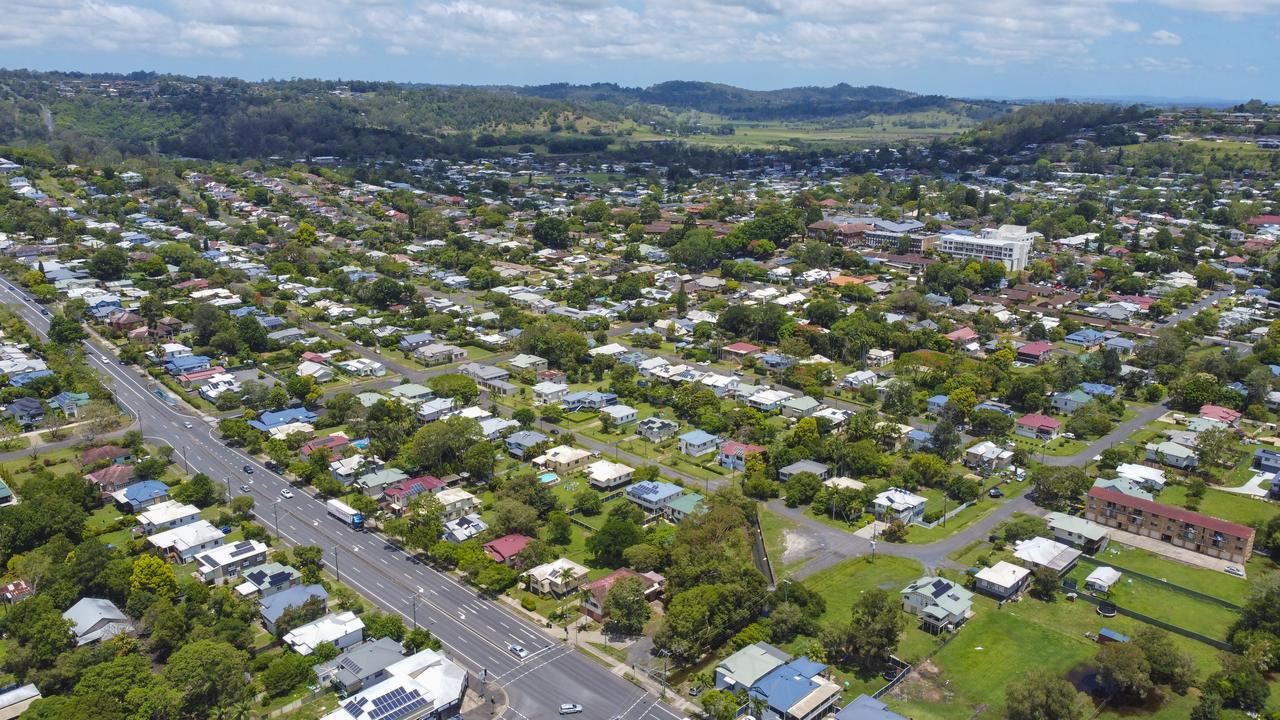NSW Premier Dominic Perrottet, Deputy Premier Paul Toole hand down flood inquiry
Billions of dollars worth of land should be bought back from homeowners and floodprone land transformed into new parklands and sporting fields, a landmark review of NSW’s flood crisis has recommended.
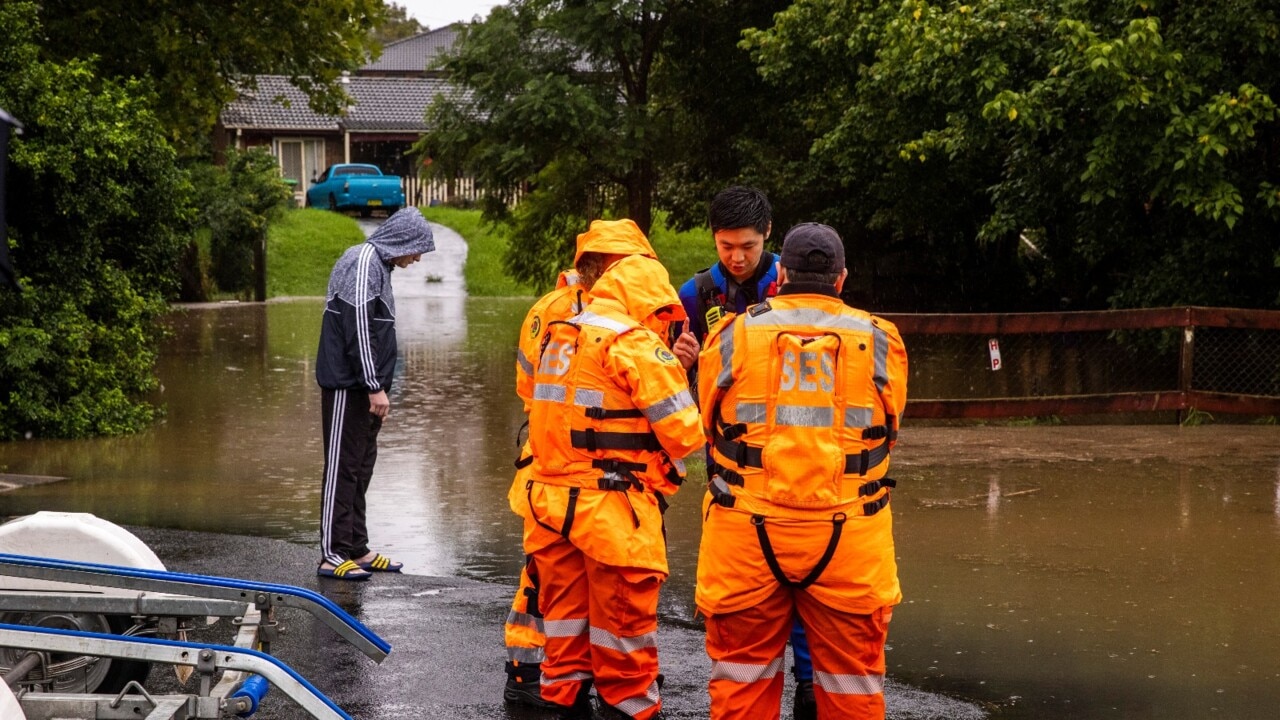
Lismore
Don't miss out on the headlines from Lismore. Followed categories will be added to My News.
Residents in the state’s most flood-devastated regions should be relocated while flood-prone land should be transformed into government-owned parks and sporting fields, a highly-anticipated review of the 2022 flood crisis has recommended.
The review, led by former Police Commissioner Mick Fuller and Chief Scientist Mary O’Kane, called for the creation of a permanent NSW Reconstruction Authority to protect lives and homes as the frequency of floods increases.
Land buybacks will be a major part of the new approach to flood management and landholders can put in their expressions of interest by the end of August.
Premier Dominic Perrottet has vowed to implement all 28 of the recommendations which also include a new disaster app to improve the rollout government messaging and warnings.
The government is also looking at releasing public land for “land swaps”.
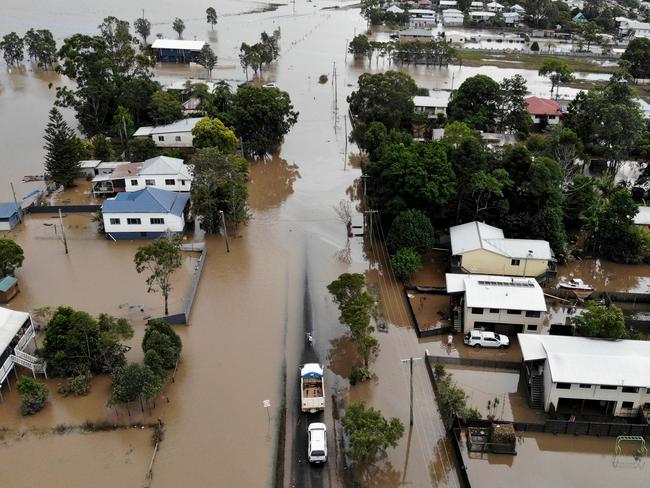
“We need to make sure we rebuild in a resilient way in a way that keeps the character and the charm of these wonderful communities,” he said.
Amy Cotter runs Lilburndale, a wedding venue and working cattle farm in Sackville which suffered irreparable damage from the 2022 floods.
“We lost a heap of land with land slides, there is stuff we can never fix. The bridge is completely washed out underneath,” she said.
Ms Cotter welcomed the government’s commitment to all 28 recommendations in the flood report, including land buybacks.
“I think these are good ideas. There will be some people who don’t want to go through the heartbreak of another flood and who are ready to move on,” she said.
“I don’t know how many people would be taking the option, they don’t want to move away or the money they will get from the government would be fair.
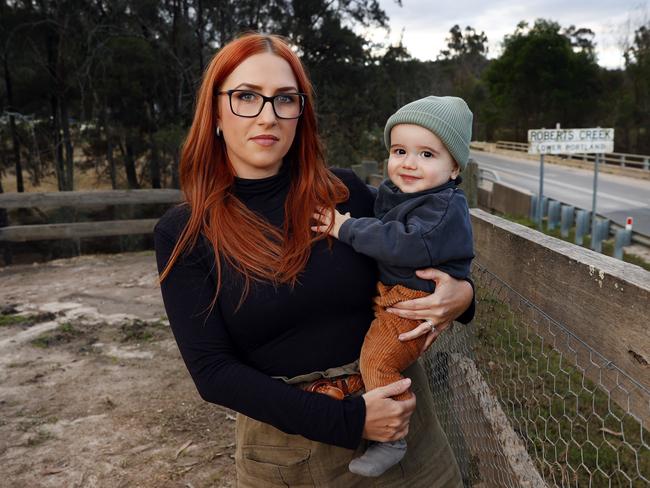
“If its an agricultural business, you need to be along the river because the nutrients in the soil are crucial.”
Lismore resident and social worker Harper Dalton had flood water to the ceilings in his home. He is a passionate advocate for flood-impacted residents to keep their homes and be able to have them relocated.
“I liked what the Premier said about wanting to keep the character and culture of the homes here,” he said. “I think that’s so important because if I accept a land swap then I want to take my structurally sound home with me.”
Mr Perrottet said the NSW Government would establish a “permanent state emergency operations centre” lead by a new NSW Police deputy commissioner among the suite of changes.
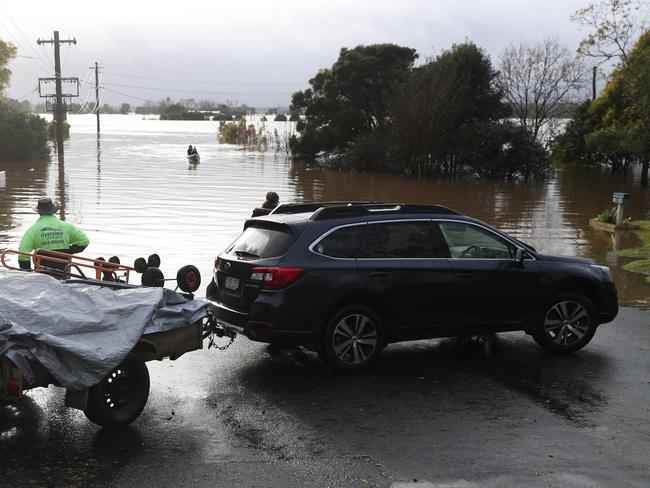
“We will be reshaping Resilience NSW and transforming it into a leaner, nimble agency known as Recovery NSW that will focus on the first 100 days post event,” he said.
The report also found that most landlords had “little idea” if their property is at risk of natural disasters and called fora new online visualisation tool to be developed which clearly outlines the risk and history of each property.
Frontline agencies the Rural Fire Service and the NSW State Emergency Service will have their corporate arms merged.
“Merging RFS and SES corporate services provides an opportunity to professionalise the SES and improve operational performance through enhanced training and exercising capability,” the report said.
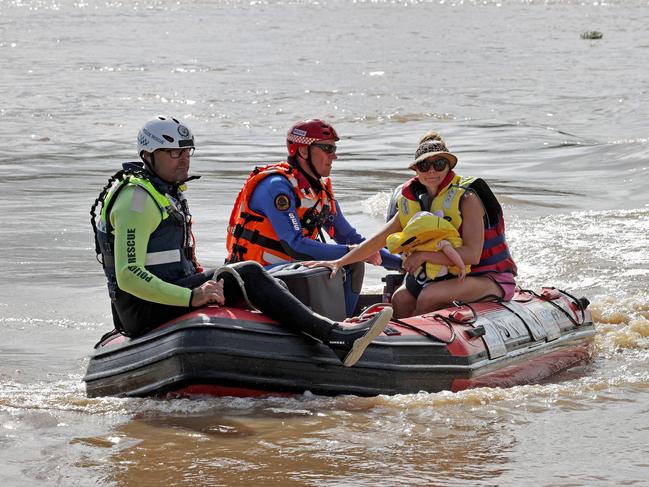
Lismore Mayor Steve Krieg agreed with some of the recommendations but said the report lacked a sense of “urgency”.
“I feel it’s a bit diluted. At the height of the crisis many strong promises were made and I just feel like it’s been watered down a little bit,” he said.
“I understand that they want to get things right but we are six months on from this disaster I still have 1400 people in emergency accommodation anywhere between the Sunshine Coast and Coffs Harbour.”
Mr Kreig said there was still uncertainty around how the buyback schemes and land swaps would work.
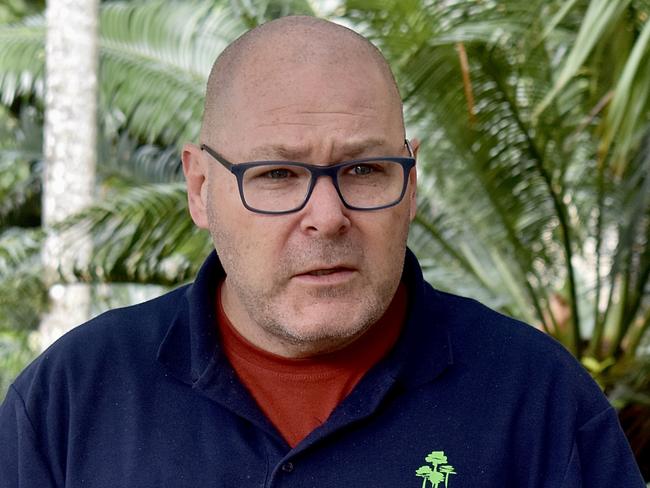
“How are they going to fund it? Where are they going to go? That’s the million dollar question. People who have been waiting for this announcement are still left in limbo,” he said.
Hawkesbury Councillor Sarah McMahon said she was pleased to see the report supported the Warragamba Dam wall raising — a project she has advocated for.
“They’ve addressed a range of different issues that impact people … Building a dam wall and ensuring we have a proper road network to make sure people get out go hand-in-had,” she said.
Flood inquiry handed down
NSW Premier Dominic Perrottet has accepted every recommendation of a highly-anticipated inquiry report — which will include a multibillion-dollar land buyback scheme — giving flood-affected Northern NSW residents more certainty about their future.
Mr Perrottet said the NSW Government would establish a “permanent state emergency operations centre” lead by a new NSW Police deputy commissioner.
“We will be reshaping it Resilience NSW and transforming it into a leaner, nimble agency known as Recovery NSW that will focus on the first 100 days post event,” Mr Perrottet said.
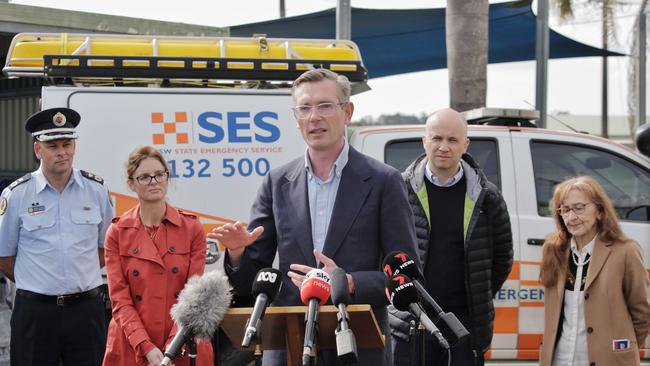
The Premier said the new agency’s sound focus would be on co-ordination and clean up efforts following natural disaster, meanwhile, the “back office’ of the NSWRFS and SES would be merged to focus on frontline response.
“There are many people who don’t have the time to carry out or to commit to being a volunteer uniform volunteer, but there are many people who want to who want to have that training,” he said.

“And we will be working through programs that support members of the community to receive training from the RFS and from the SES in the ordinary course of our lives — that will ensure that in those circumstances where these major events occur, people have the confidence of the training that they have received during this period.”
In scrapping the highly-criticised Resilience NSW, Mr Perrottet said “mistakes were made”.
“ We should have done things better,” he said.
“A lot of those mistakes were structural mistakes which can be rectified and improved.”
A major recommendation, supported by the NSW Government will see the creation of a permanent reconstruction body, similar to the Queensland Reconstruction Authority, which will focus on prove land buybacks and “land swaps” committed to by the NSW Premier.
Mr Perrottet said “specific areas” would see target land buyback schemes, which will include open expressions of interest for landholders by the end of August.
The Premier said the NSW Government would look at making public land available for “land swaps”, which was “the right thing to do”.
“We need to make sure we rebuild in a resilient way in a way that keeps the character and the charm of these wonderful communities,” he said.
The government will always stand side by side without community and we need to look at new ways of doing things.”
Mr Perrottet said he will do everything he can to finalise the land buyback scheme.
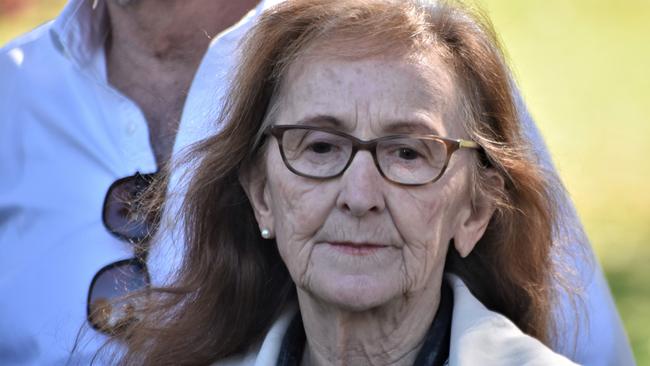
Former NSW Police commissioner, Mick Fuller said a series of changes will be enforced for the NSW SES and RFS in relation to food rescue.
“Why wouldn’t we merge them and bring together these two agencies where they are working together to protect the people of NSW,” he said.
“We will continually protect the SES brand ... they are so important in terms of protecting the people of NSW in storms, floods, and tsunamis and it really allows them to focus on the operational abilities, rather than back-of-house training.
“These changes are all about protecting the community.”
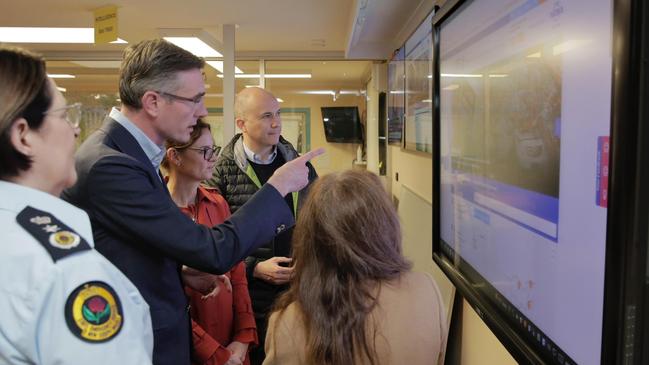
Mr Fuller paid tribute to the work of SES volunteers and the “challenges they faced in the midst of these weather events”.
“I think they... were let down on many occasions and that is evidence we have heard,” he said.
Mr Fuller said the rural fire service has around 70,000 volunteers compared to the about 200 people in the SES who are trained for flood rescue.
“It’s just not enough and it’s not the fault of the SES but trying to build the SES up like the RFS would take 20 years — we don’t have time,” he said.
“I appreciate some volunteers will be disappointed by this, but I truly believe this will start to empower the volunteers of the SES to get better training, to get better capability.”
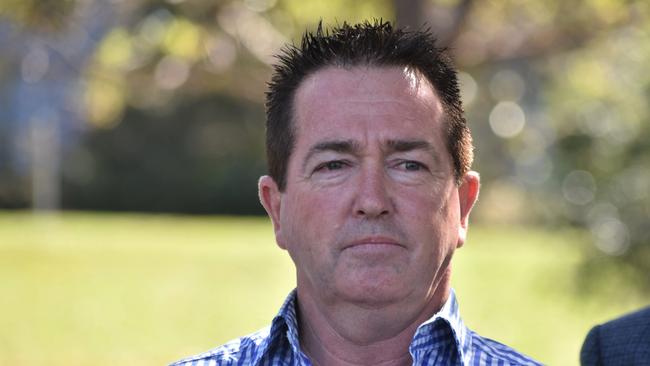
Meanwhile, Deputy Premier Paul Toole said a new NSW Police deputy commissioner was a “vote of confidence in the incredible work our police do”, while confirming residents will have “an answer by Christmas” when it comes to buybacks for flood-ravaged residents.
The independent flood inquiry was conducted by Mick Fuller and Mary O‘Kane and was based on many public hearings across the North Coast.
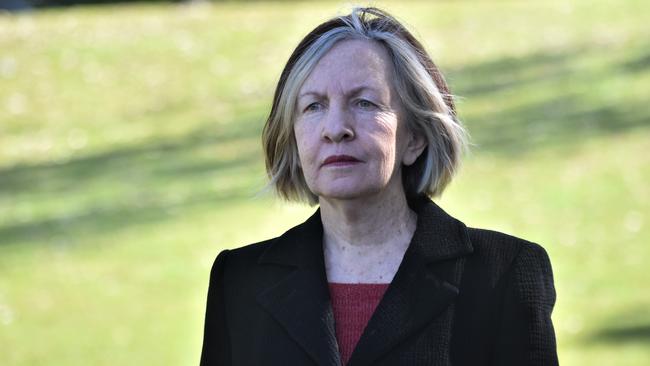
Key recommendations from an earlier release last week found significant inadequacies to leadership from head operations including Resilience NSW, NSW SES and Bureau of Meteorology.
The NSW flood disaster between February and April claimed the lives of 13 people and destroyed a total of 4055 properties, while leaving 10,849 homes damaged.
Residents react to report
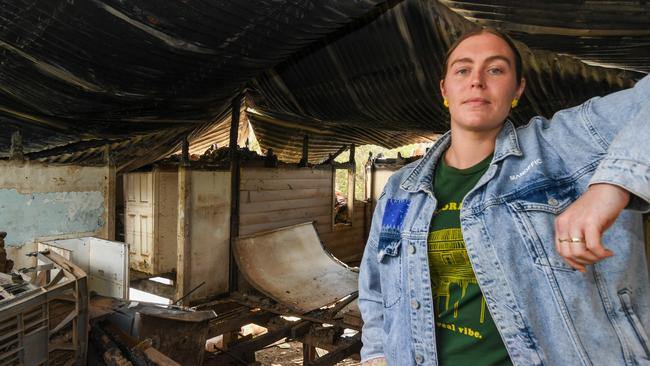
Rahima Jackson, of Crown Street, South Lismore, is living in a caravan and makeshift camp in her back garage after both floods and fire destroyed her home in the February flood disaster.
Uninsured, she has had reports completed by Johns Lyng Group that seek to demolish her home.
“I’d accept a landswap,” she said, “Otherwise I’ll rebuild here.”
“There is some good stuff in (the flood inquiry report) but we’re all so tired from waiting and just the trauma of what has happened.”
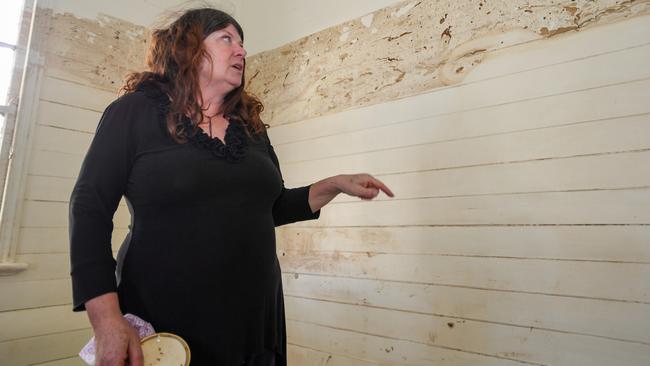
Marion Conrow, artist, lives in South Lismore. Her home was flooded and also contaminated from an oil spill. She still has oil stains on the walls and has had trouble getting help in to clean her home.
“It’s one thing to have words on a page and I am interested to see how things roll out,” she said.
“I am not insured but would consider a landswap to take my home with me out of the flood zone.”
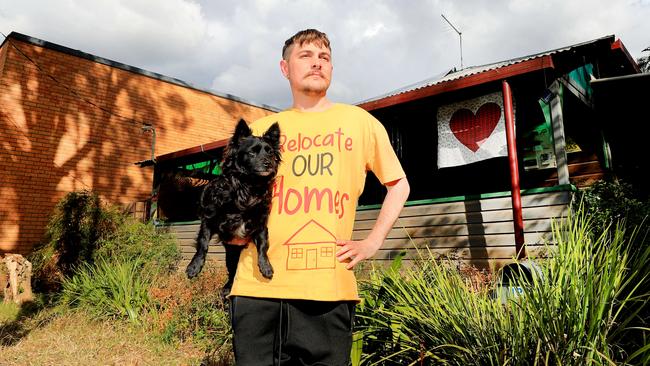
Harper Dalton, social worker, lives in Phylis Street, South Lismore. Had flood water to the ceilings in his home. He is a passionate advocate for flood impacted residents to keep their homes and be able to have them relocated.
“I liked what the Premier said about wanting to keep the character and culture of the homes here.
“I think that’s so important because if I accept a land swap then I want to take my structurally sound home with me.”
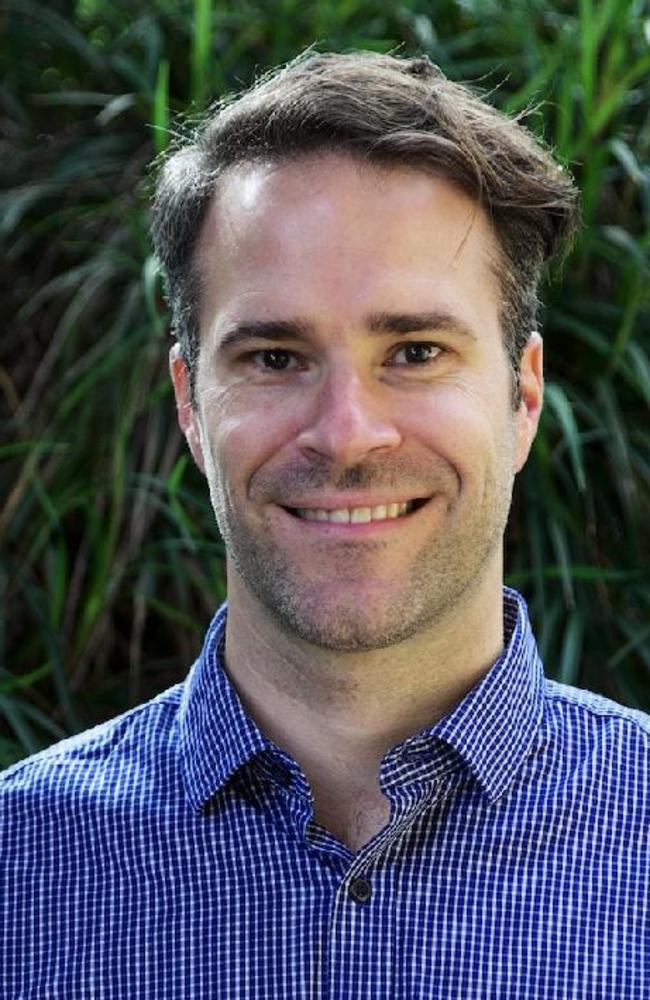
Founder and chair of Resilient Byron and Mullumbimby resident Dr Jean Renouf pushed for the recommendations to be implemented quickly.
“Now that the BOM has announced that we are in La Nina watch, we have to expect more possible floods, and just this prospect is enough to make the recovery from these latest floods even harder,“ he said.



